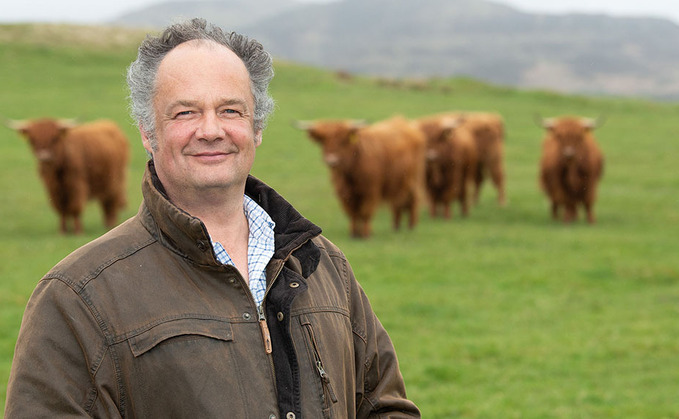
Hefted Highland cattle have a long history at Glengorm Castle, on the Isle of Mull, where Tom Nelson is the second generation of his family to manage the fold in this spectacular setting. Situated on...

Hefted Highland cattle have a long history at Glengorm Castle, on the Isle of Mull, where Tom Nelson is the second generation of his family to manage the fold in this spectacular setting. Situated on...

NEW POTTINGER HIT 6M TEDDERS & TOP TWIN ROTOR

NEW POTTINGER 6.61 HIT TEDDER

NEW POTTINGER 8.81 HIT TEDDER